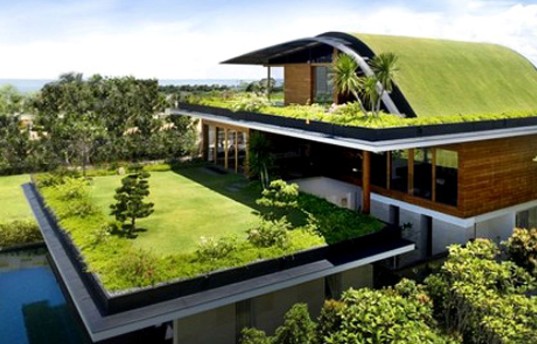Earlier this year, Nairobi was featured on global property portal Lamudi’s eco-friendly real estate ranking, as one of the top cities in the emerging markets for apartments, houses, and commercial properties with eco-friendly features.
Undertaking a home renovation is the perfect time to introduce eco-friendly features to your property. Simple measures like using the right paint can be enough to ensure your remodelling does not harm the environment, while taking steps like adding insulation can cut your household energy use for the future.
For the eco-conscious homeowner, Lamudi provides a cheat sheet on five easy ways to renovate your home with the environment in mind.
1. Buy the right appliances
This one is a no brainer: if you are overhauling your kitchen and are in the market for new appliances, check the energy rating first. Buying a new fridge or other appliance with a good rating may seem to cost more in the short term, but it will save you a lot in the long run.
2. Use eco-friendly paint
You know that overwhelmingly chemical smell you get when you walk into a freshly painted room? That is due to volatile organic compounds, or VOCs, that are found in most conventional paints. While released at a low level, these toxins can cause both damage to the environment and to human health. As an alternative, a variety of low- and non-VOC paints, often made from clay or other more natural ingredients, are now readily available.
3. Add insulation
If you live in Kenya’s cooler areas, perhaps at a higher altitude, having good insulation will help keep you warm in the slightly colder months. But insulation is not only beneficial for those living in colder climates. It works both ways by also helping to keep your home cool when Kenya’s hottest days hit, which means a well-insulated house uses less energy year round.
4. Choose recycled materials
When selecting materials for your renovation, consider using recycled materials to make the process more sustainable. For example, track down reclaimed wood from factories or warehouses, which will give your ‘new’ flooring, cabinets and doors a vintage look. You can also save both money and the environment by recycling elements of your old home that you still love, such as the beautiful vintage stove top that could be incorporated into your new modern kitchen.
5. Update your lighting
Most lighting operates on line voltage, the 120-current found in homes. Lower voltage systems operate on about a tenth of that – about 12 volts of electricity. Install low-voltage lighting fixtures indoors and as an addition to outdoor landscaping; this will use less energy, save on household electricity costs and ultimately help the environment.

Leave a Comment